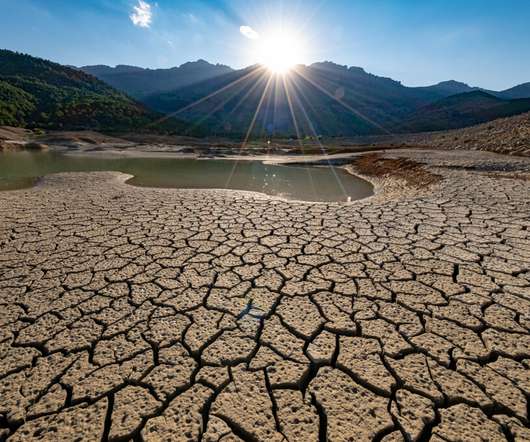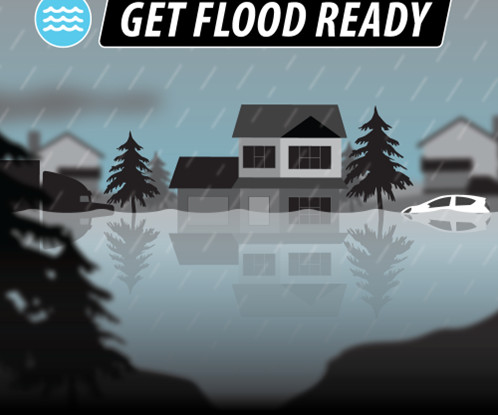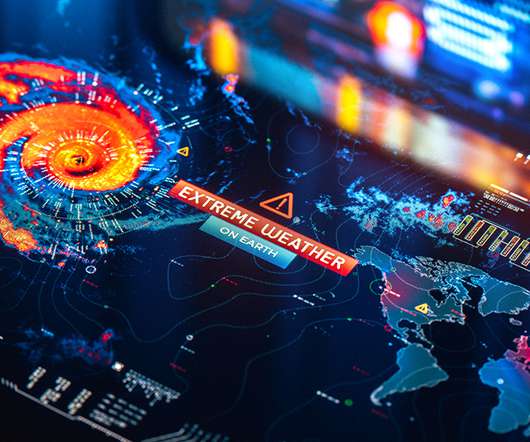Tsunami Threat in the Pacific NW
Disaster Zone Podcast
MARCH 22, 2022
One significant natural hazard risk that the West Coast of the United States has comes from tsunamis. This is the website mentioned in the podcast: mil.wa.gov/alerts. One significant natural hazard risk that the West Coast of the United States has comes from tsunamis.














Let's personalize your content